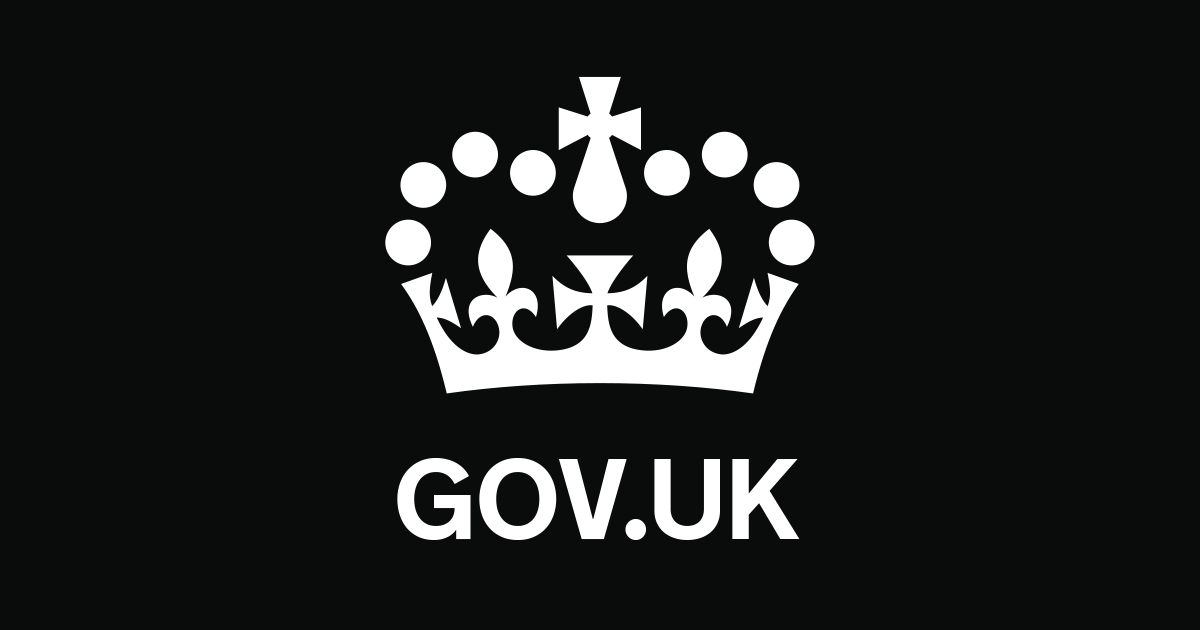The Seed Enterprise Investment Scheme (SEIS) is one of 4 venture capital schemes – check which is appropriate for you.
How the scheme works
SEIS is designed to help your company raise money when it’s starting to trade. It does this by offering tax reliefs to individual investors who buy new shares in your company.
You can receive a maximum of £150,000 through SEIS investments. This will:
- include any other de minimis state aid received in the 3 years up to and including the date of the investment
- count towards any limits for later investments through other venture capital schemes
There are various rules you must follow so your investors can claim and keep SEIS tax reliefs relating to their shares.
Tax reliefs will be withheld, or withdrawn, from your investors if you do not follow the rules for at least 3 years after the investment is made.
Companies that can use the scheme
Your company can use the scheme if it:
Your company and any of its subsidiaries must:
- not have gross assets over £200,000 when the shares are issued
- not be a member of a partnership
- have less than 25 full-time equivalent employees in total when the shares are issued
If you’ve received investment through the Enterprise Investment Scheme (EIS) or from a venture capital trust, you cannot use SEIS.
About the investment
The shares you issue must meet the same requirements as shares issued under EIS.
The money you raise from the investment must be spent within 3 years of the share issue. You must spend the money on either:
- a qualifying trade
- preparing to carry out a qualifying trade
- research and development that’s expected to lead to a qualifying trade
You cannot use the investment to buy shares, unless the shares are in a qualifying 90% subsidiary that uses the money for a qualifying business activity.
New qualifying trade
If your company is already carrying out a qualifying trade, it must not have been carried out for more than 2 years by either:
- your company
- any other person who then transferred it to your company
Your company, or any qualifying subsidiary, must not have carried out any other trade before you started the new trade.
Your company’s trade must be treated as a commercial business with the aim of making profits. However, your trade will not qualify if it consists mostly of an excluded activity.
Before raising your money
You can ask HMRC if your share issue is likely to qualify before you go ahead, this is called advance assurance.
How to apply
Email HMRC to ask for this form in Welsh (Cymraeg).
If you’ve got advance assurance, provide copies of any documents that have changed since HMRC gave you advance assurance.
If you’ve not got advance assurance, you must provide the following information for your company and its subsidiaries:
- the business plan and financial forecasts
- a copy of the latest accounts
- an explanation of how you meet the risk to capital condition
- details of all trading and activities to be carried out, and how much you expect to spend on each activity
- an up to date copy of the memorandum and articles of association
- the information memorandum, prospectus or other documents used to explain the fundraising proposal to your investors
- details of any other agreements between your company and the shareholder
- a list of the amounts, dates and venture capital schemes under which you’ve previously received investment
- any other documents to show you meet the qualifying conditions
You can only submit your compliance statement when you’ve:
- carried out your qualifying business activity for 4 months
- spent at least 70% of the amount raised by the relevant share issue
You must complete a separate application for each share issue.
Send your application
You can email or post your compliance statement and supporting documents.
Email: enterprise.centre@hmrc.gsi.gov.uk.
Post:
Venture Capital Reliefs Team
WMBC
HM Revenue and Customs
BX9 1BN
What happens next
If your application is successful, HMRC will send you a letter and compliance certificates (form SEIS3) to give to your investors.
The letter will include a unique investment reference number. You must include this on the compliance statements you give to your investors. Investors need the compliance certificate and reference number to be able to claim tax relief.
Where HMRC decides the investments do not meet SEIS requirements, we’ll write to you explaining why. If you disagree, you can ask HMRC to review the decision, or appeal against it.
Further information
You can find more information in the SEIS section of the HMRC Venture Capital Manual.


